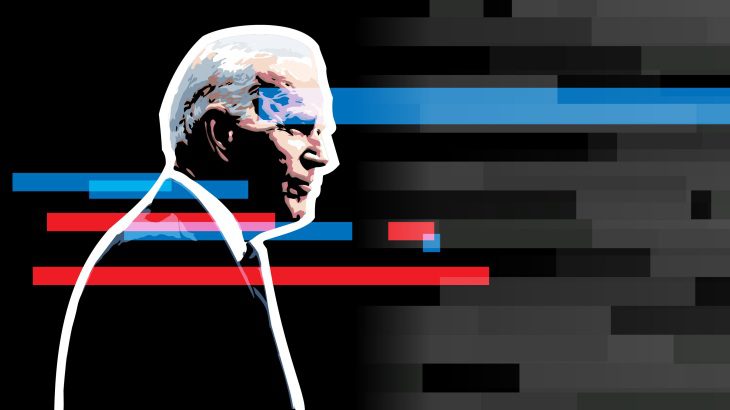The USD 1 trillion infrastructure package, which now awaits President Joe Biden’s signature, includes funds for roadways, bridges, harbors, rail transportation, safe drinking water, the power system, and internet connectivity, among other projects. The bipartisan measure was approved by the House on Friday night, and Biden announced on Saturday that he will arrange a signing ceremony when legislators return after a week’s break. The new law is expected to reach nearly every region of the nation. It’s a monumental commitment, likened by the president to the construction of the transcontinental railroad as well as the Interstate Highway Network. The White House anticipates that the initiatives will create around 2 million jobs per year on average over the next decade.
The plan would allocate USD 7.5 billion for electric car charging facilities, which the government believes are crucial to increasing the usage of electric vehicles to combat climate change. This would also give USD 5 billion for the acquisition of electric or hybrid school busses, reducing dependency on diesel-powered vehicles. The legislation’s USD 65 billion in internet service funding would be used to increase internet connectivity in remote regions, low-income households, and native groups. The majority of the funds would be distributed to states in the form of subsidies.
The proposal would invest USD 65 billion towards strengthening the stability and resilience of the electrical system to defend against the increasing frequency of blackouts in recent times. It would also promote carbon capture technology and other ecologically friendly energy sources such as clean hydrogen. The law would also enable the investment of USD 25 billion to repair airport runways, gates, as well as taxiways, and terminals. It would help enhance the condition of aged air traffic control towers.
The law calls for USD 55 billion in spending on wastewater treatment infrastructure. It has USD 15 billion to rebuild lead pipelines and USD 10 billion to tackle pollutants from polyfluoroalkyl compounds, which were utilized in the creation of Teflon and are now utilized in firefighting chemicals, water-repellent clothes, and a variety of other products. The five-year expenditure plan would be compensated for by using USD 210 billion in unexpended COVID-19 relief funds and USD 53 billion in unemployment benefit aid that some states have suspended, as well as a variety of smaller sources of funds, such as petroleum reserve selling as well as spectrum auctions for 5G technology.
